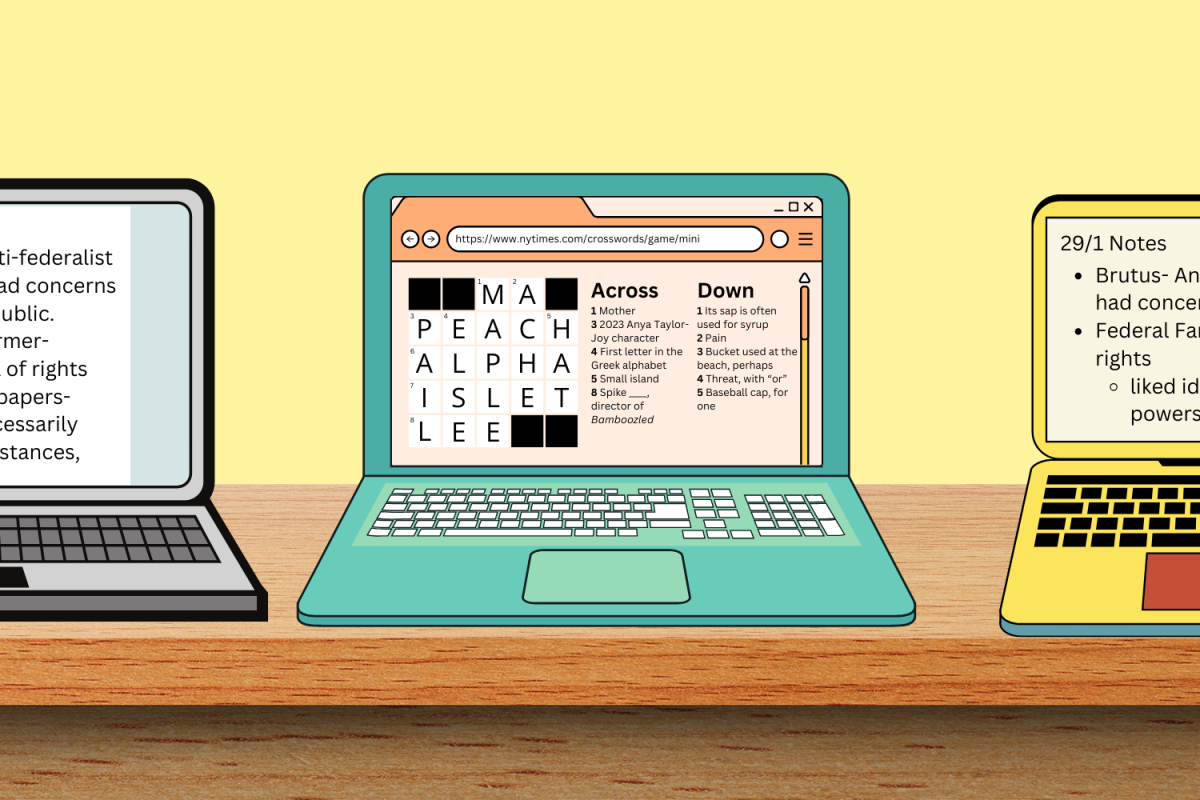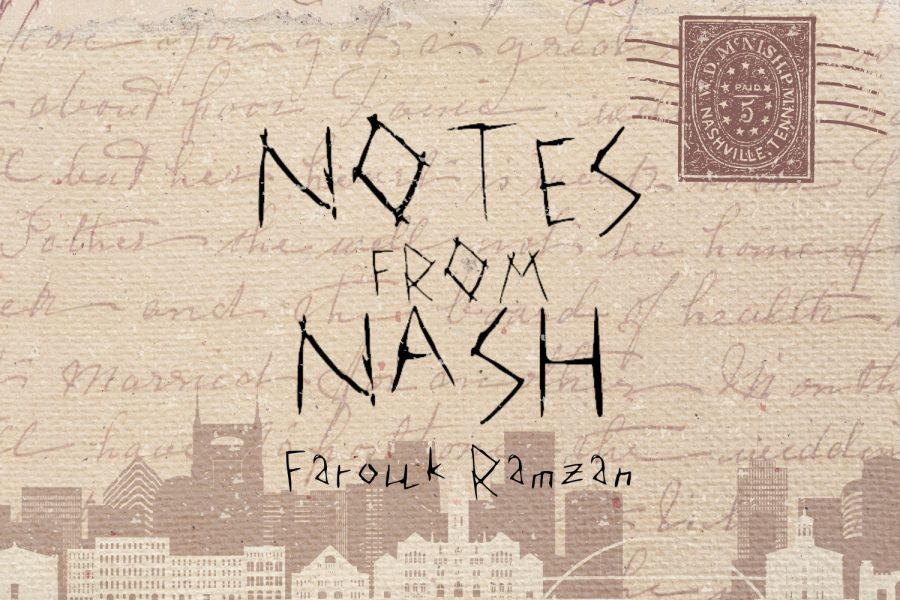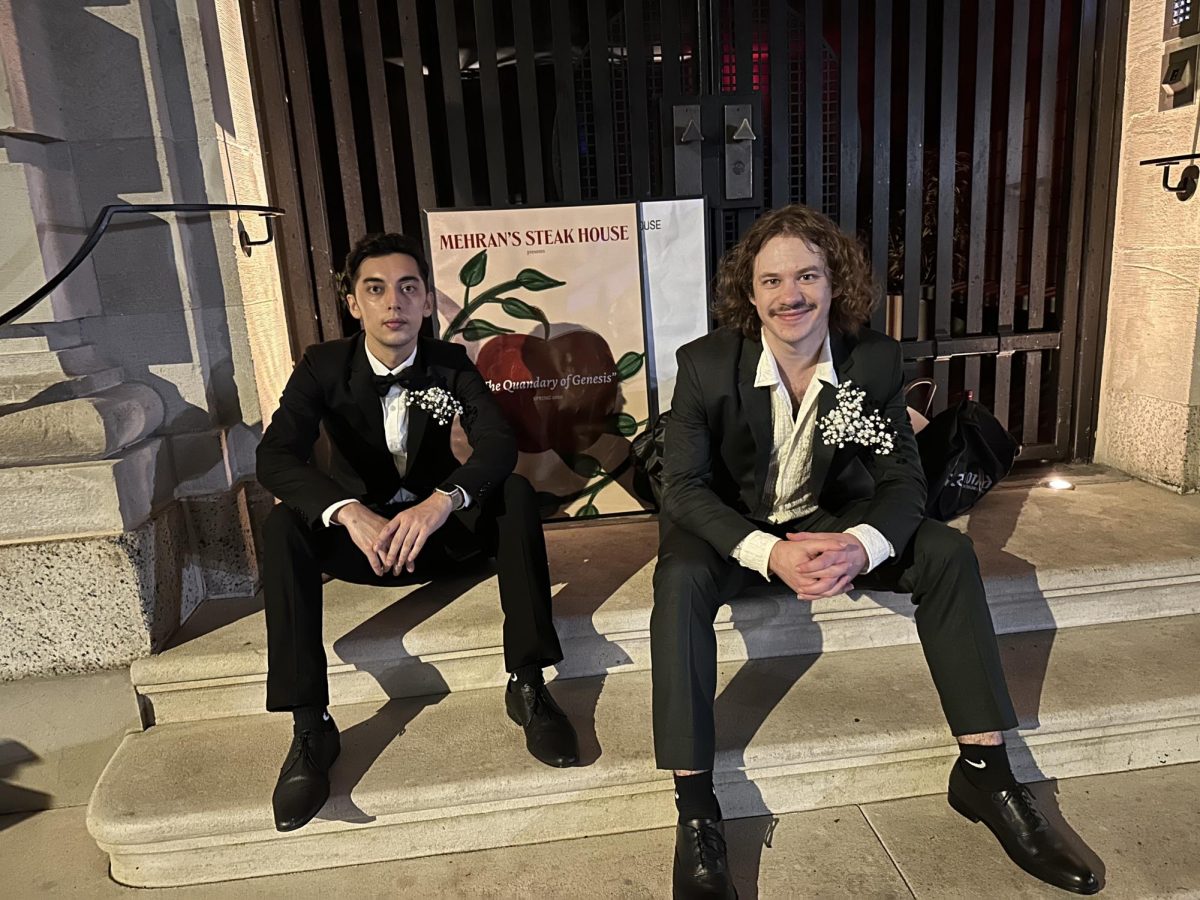In late 2021, the gaming world witnessed a phenomenon — Wordle took the globe by storm. The New York Times (NYT), quick to recognize the game’s potential, acquired Wordle, and since then, the popularity of NYT’s puzzle games has surged, capturing the attention of a new demographic — college students.
Step into any lecture hall nowadays and you’re likely to spot students engaged in a mental workout, filling out crossword puzzles or grouping words in the NYT’s Connections game.
But why has this craze taken root? For many people, the allure lies in the perfect blend of challenge and entertainment that they offer. These games serve as a creative challenge, requiring players to flex their linguistic muscles and exercise their problem-solving skills. What sets The Mini, Connections and Wordle apart is their accessibility and brevity, making it easy for enthusiasts to seamlessly incorporate these engaging puzzles into their daily routines.
With Vanderbilt providing free NYT accounts to students, they may be more inclined to venture into the world of NYT games. Some universities, like Princeton, have even taken it a step further by providing students with free NYT Games subscriptions, showcasing a broader trend in recognizing the value of these puzzles in an educational context.
The quick nature and accessibility of these games not only caters to the fast-paced lifestyle of many college students but also allows individuals to indulge in a mental escape during short breaks. Whether it’s a moment of peace during a busy school day or a leisurely activity before bedtime, NYT games provide a refreshing break while keeping the brain active.
Beyond the challenge and entertainment these games offer, there’s a unique sense of community surrounding them. Players find themselves immersed in conversations with friends, family and even colleagues, comparing their Mini times, analyzing Wordle guesses and sharing strategies.
Scarlett Chen, a sophomore, shared the story of how a NYT game sparked a friendship, illustrating the power of these puzzles to not only entertain but also connect individuals in unexpected and meaningful ways.
“I was in class, filling out the Mini when I saw that Connie, sitting three seats away from me, was also doing it,” Chen said. “After class, we introduced ourselves and talked about it. From then on, we sat next to each other every lecture, and now, we’re even considering getting a suite together.”
First-year Aiden Hernandez echoed a similar sentiment, sharing how a NYT game helped strengthen one of his friendships.
“Every week, my friend and I set aside time to solve a full NYT crossword puzzle or two together,” Hernandez said. “It’s a great way to bond, have fun and gain insights into how each other’s minds work.”
In terms of my experience with NYT games, last summer presented an irresistible opportunity when NYT offered a 50% discount on their Games subscription. Having the ability to tackle the daily crossword and explore the Mini archives has made the subscription well worth it. Now that I can indulge in the daily crossword, which is crafted to increase in difficulty throughout the week, one of my New Year’s resolutions is to complete a Saturday crossword in 45 minutes.
Clearly, the love for NYT games resonates with a diverse and growing community. As the NYT continues to innovate and introduce engaging puzzles, the game craze shows no sign of slowing down. For many students, it’s not just about completing puzzles; it’s about being part of a community that values intellect, camaraderie and a break from the everyday chaos of college life.







